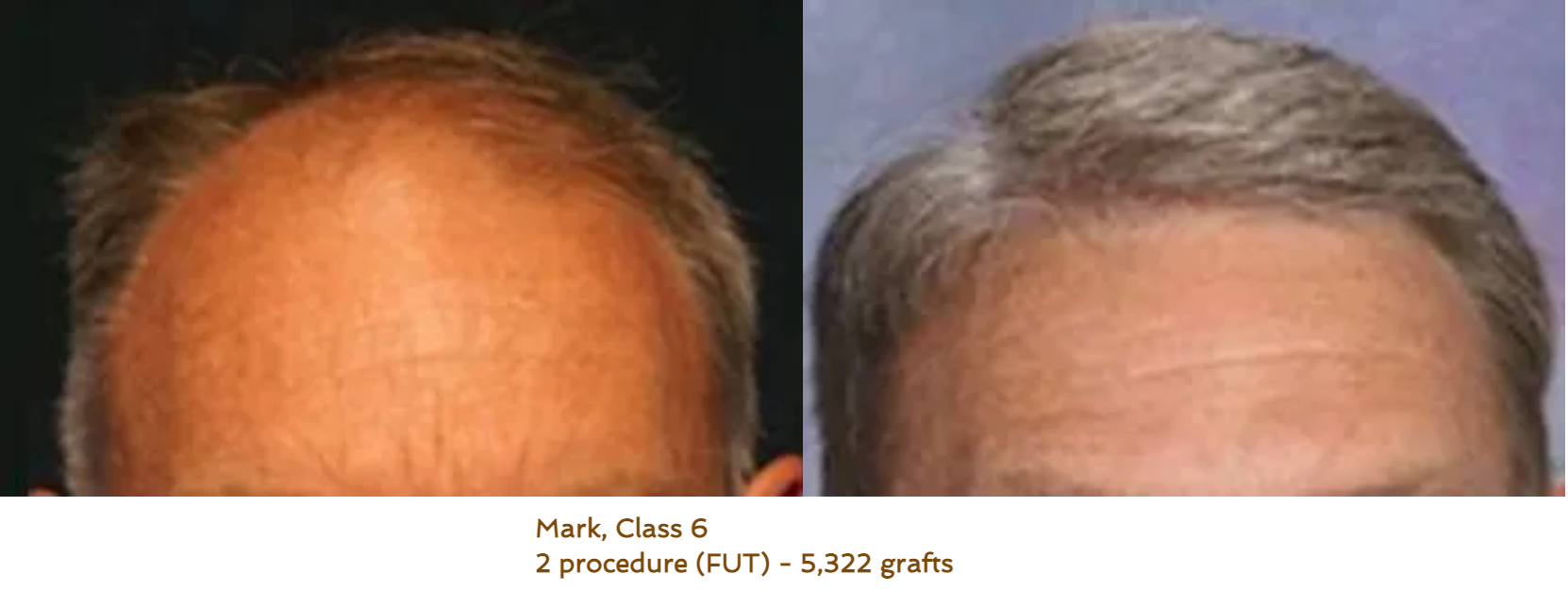Eyebrows Transplant
Eyebrows are a defining feature for everyone — they are a communicative feature and form the master line of a face. For those who experience thinning and hair loss in the eyebrow area, the possibility for safe and low-risk eyebrow transplants have made it an increasingly popular choice with rewarding results.
However, though it’s a small area, the procedure requires sharp precision, knowledge and skill regarding the anatomy of brows, aesthetics, extraction and implantation. This is particularly important if you’re reconstructing an eyebrow transplant that was previously unsatisfactory, as the surgeon must now also consider low follicle density, peculiar hair curl directions, and unnatural shapes.
Eyebrow hairs can become thin or brittle due to stress, genetics, age, medication side effects, over-plucking, and sometimes injuries like burns. Other common causes are trichotillomania, stable alopecia areata, hypothyroidism and leprosy. The cause of eyebrow hair loss will significantly influence your treatment options, which you will discuss during your first consultation with Dr. Luciano Scaicca at Timeless Hair Transplant Clinic.
If you’ve determined that an eyebrow hair transplant is the right course of action, we’ll book an appointment for the procedure. Dr. Sciacca has extensive experience in both follicular unit extraction (FUE) and follicular unit transplant (FUT)/strip, especially in aesthetic facial hair restoration. The follicles are typically harvested from the donor area by a FUE motorized machine set, which is routinely used at Timeless Hair Transplant Clinic for most restoration procedures. The actual eyebrow hair restoration procedure is simple, nearly painless, and can be completed in a single day!
POST OPERATIVE CARE:For post-operative care, patients are instructed to not wash their face or wear makeup on the periorbital area until all crusts have fallen off, which usually takes about 10 days. Thereafter the implanted hair will start to fall off, which is normal! Hair regrowth will begin in about three to five months, and between six and eight months you’ll see more density and fullness.







